The history of the Moon’s exploration has been a long and challenging one. With every mission, failed or successful, human knowledge has increased. Our advancement in technology has helped scientists reach farther and farther and gain more information. Click through the timeline below to learn about major milestones of this adventurous exploration.
-
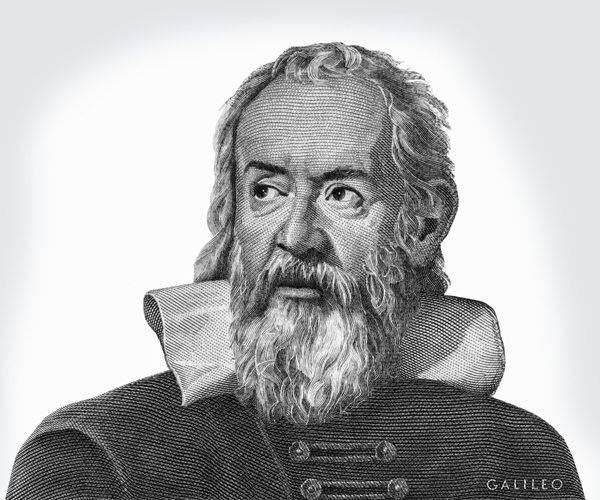
1611
Galileo discovers Jupiter’s moons
Moons of the other planets were first discovered by simple telescopes. Galileo was the first to sight four big moons of the planet Jupiter. They were aptly named Galilean moons.
-
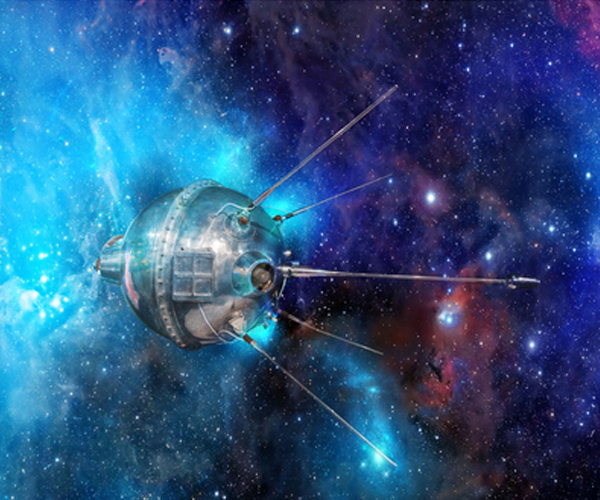
January 4, 1959
First flyby, Luna 1
The Soviet Union’s Luna 1 makes the first successful flyby of the Moon at a distance of about 3,700 miles.
-
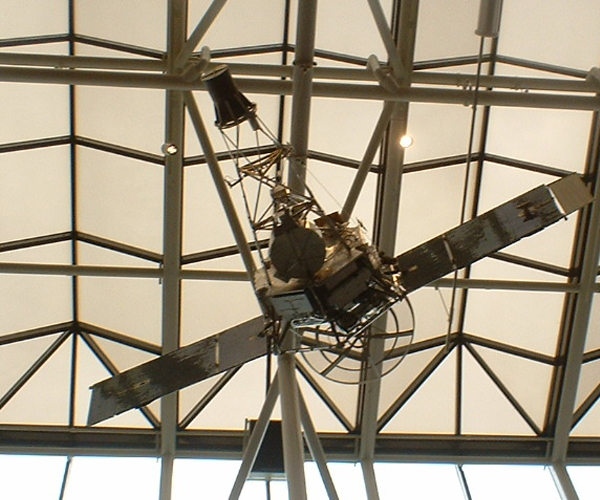
July 31, 1964
First pictures of the Moon, Ranger 7
Ranger 7 was the first success in U.S. efforts to explore the Moon. This spacecraft provided the first up-close photographs of the Moon.
-
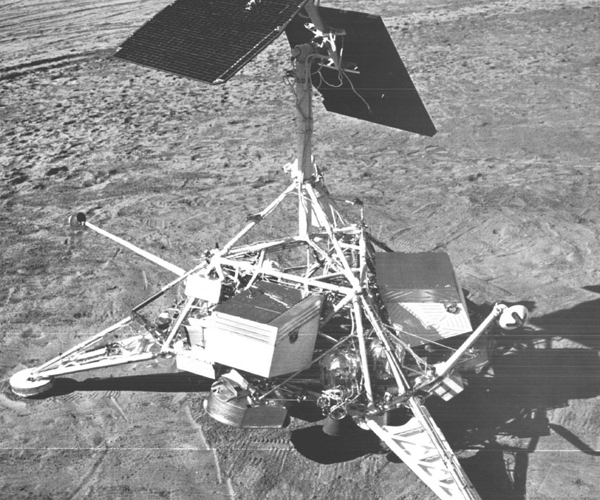
June 2, 1966
Soft landing, Surveyor 1
Surveyor 1, a robot, made a successful landing on the Moon for the United States. It sent information about the soil on the Moon, as well as transmitted over 11,000 images.
-
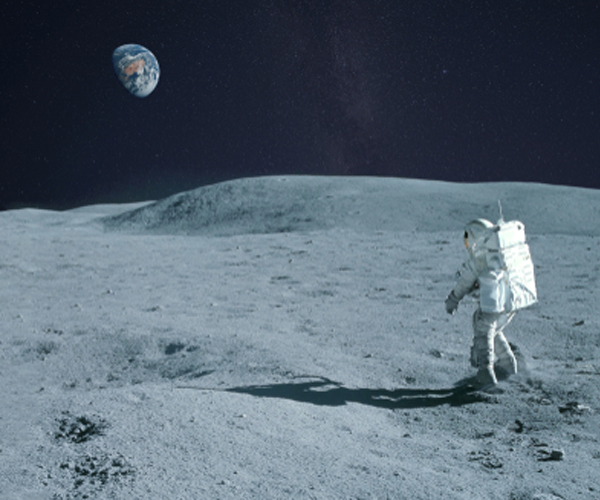
July 20, 1969
Man lands on Moon, Apollo 11
Apollo 11 astronauts Buzz Aldrin and Neil Armstrong became the first people to walk on the surface of the Moon after their lunar module, Eagle, touched the surface of the Moon in the Sea of Tranquility. Neil Armstrong's footprints, as well as those of other astronauts, are still on the Moon’s surface. Since there is no atmosphere on the Moon, there is no weather or wind to cause erosion.
-
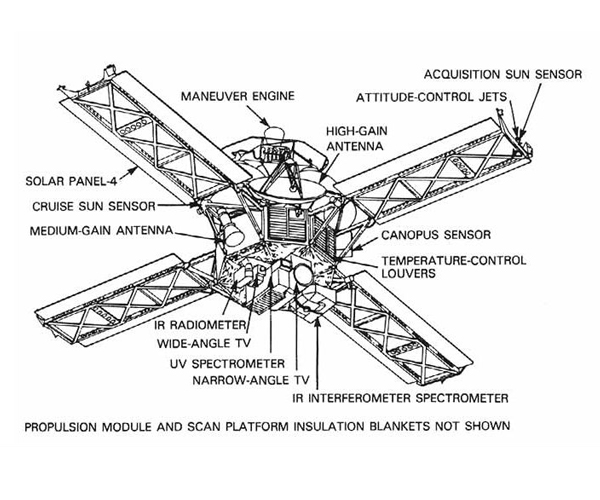
1971
Mariner 9 orbits Mars
Beating out the Soviet's Mars 2, the United States’ Mariner 9 became the first spacecraft to orbit around another planet. It successfully orbited around Mars and got a close look at its two moons.
-
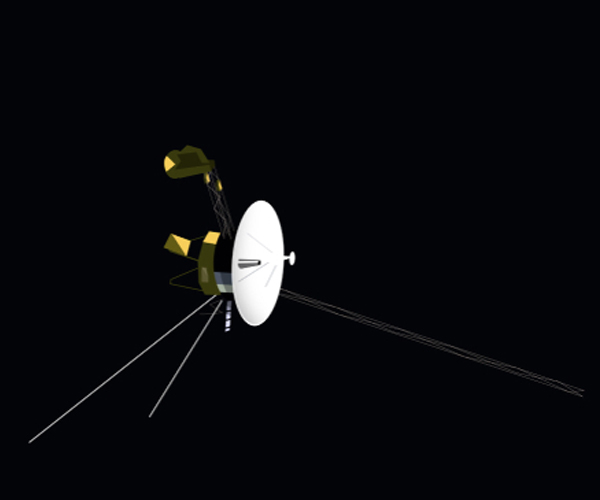
1977 – present
Voyager 1 and 2
The twin Voyager 1 and 2 spacecraft are exploring where nothing from Earth has flown before. Continuing on their more-than-40-year journey since being launched in 1977, they are much farther away from Earth than Pluto. The Voyagers made entry into interstellar space--the region between stars, filled with material ejected by nearby star death--and continue to send us crucial information from beyond the solar system.
-
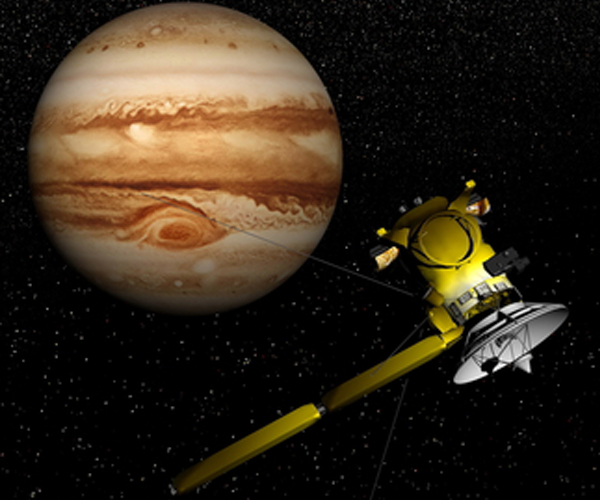
1989 - 2003
NASA’s Galileo – Jupiter mission
Galileo was an ambitious 14-year project by NASA to study the planet Jupiter and its moons. It successfully orbited around Jupiter for 8 years and gathered valuable details about the planet and its moons.
-
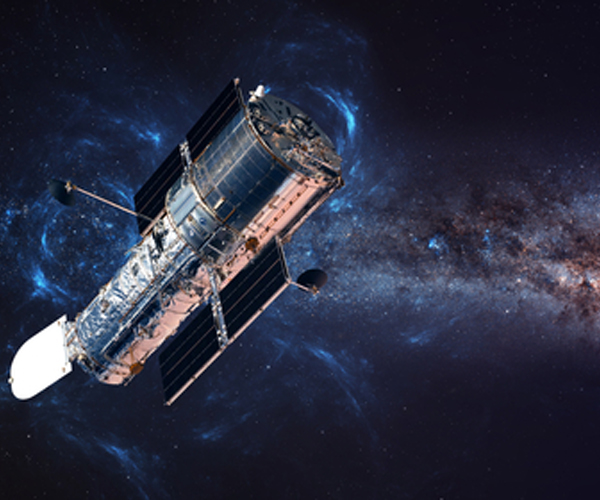
1990 – present
Hubble Space Telescope
The space shuttle Discovery launched the innovative Hubble Space Telescope into orbit in 1990. This huge, complex telescope has allowed humans to learn much more about our solar system, as well as to “see” farther into space than ever before—to distant star systems and galaxies. Hubble’s view from high overhead is not obscured by atmospheric conditions, and its position gives scientists a clear, expansive view of our universe.
-
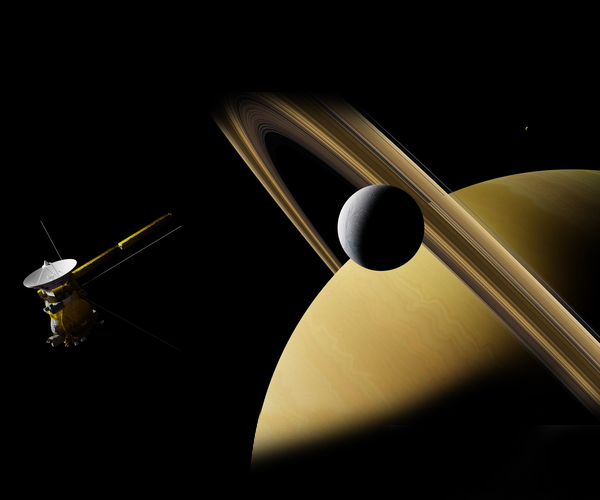
1998 - 2017
NASA’s Cassini– Saturn mission
Launched in 1998, it took 7 years for Cassini to reach Saturn. For more than a decade, it orbited around this ringed planet and collected information about it and its various moons. It crashed into the thick atmosphere of Saturn in 2017 after exhausting its fuel.
Now, try the matching activity below to match the space missions with their achievements.
